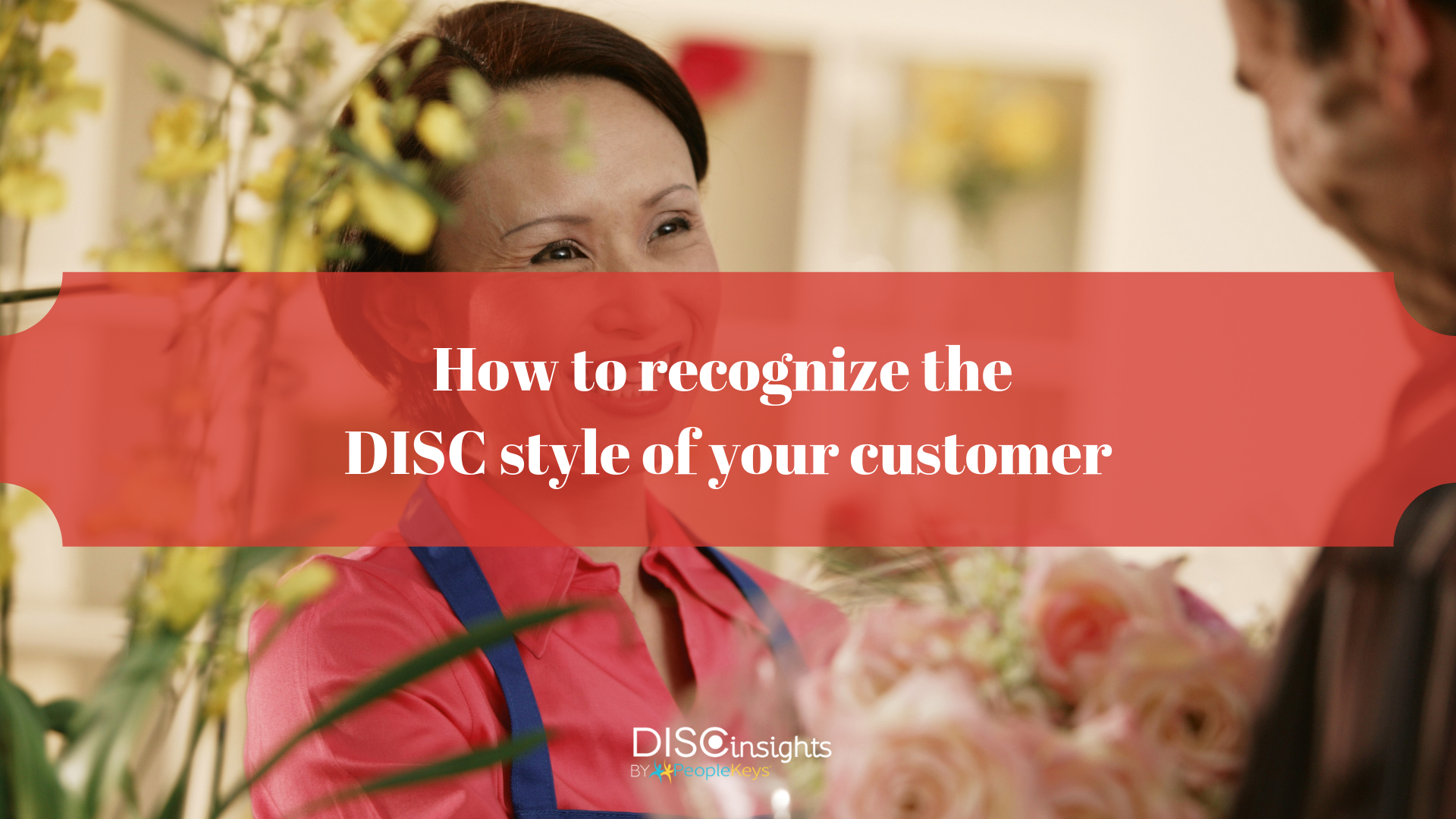- SHOP BY PRODUCT
- DISC TRAINING & CERTIFICATION TOOLS
- DISC RESOURCES
- BLOG
- SHOP BY PRODUCT
- DISC TRAINING & CERTIFICATION TOOLS
- DISC RESOURCES
- BLOG
- ALL ITEMS



“Reading” people is one of the most critical skills a salesperson must possess. Building a warm connection with a prospect or a client may not happen very quickly, or not at all, if you do not take a behavioral approach. The good news is that this skill can be learnt!
Most sales pros have already studied their Sales DISC Style in detail in the pursuit of better self-awareness and understanding what would be their most successful approach to developing their customer relationships. The DISC assessment is a short 24 questionnaire that takes about 10 minutes to answer and gives you profound insight into human actions and behavior by identifying the intensity of four personality traits – Dominance, Influence, Steadiness, and Compliance. Most people, however, are a combination of at least 2 of these styles and this results into 41 possible DISC style blends. If you are striving for excellence in sales, take your DISC Sales Style assessment here.
Other than your DISC style, your DISC Sales report will also reveal your natural selling style. You may have noticed that sometimes your pitch works like a charm and other time your prospect just walks away, you will better understand you didn’t hit their “soft” spot, as their style may have been different and they needed a different approach. You are probably thinking right now that that there’s no way you can ask all of your prospects to answer 24 questions so you know how to match your behavioral style to theirs, but behavioral analysis is about observable behavior, so there is a way to at least guess the leading personality style of your client. Here are our hints:
A prospect who demands results, is impatient, may seem aloof or uninterested in small talk, asks for the bottom line, talks about taking action immediately, prioritizes instant ROI, and focuses more on “what” rather than “how” is probably a D style who prioritizes action and results.
A prospect that shows enthusiasm and optimism about your pitch, is clearly comfortable with new people, may waste your time with idol chit-chat, and you may mistake their interest in you for interest in your product or service is a probably an I style who prioritizes social interaction and relationship building.
A prospect that is warm, friendly, agreeable and may focus on the dependability and practical aspects of the product or service, and may be extremely reluctant, especially if the product or service requires abrupt changes or disrupts the homeostasis of the environment is probably an S style. They may weigh whether the amount of effort it will necessitate is worth the added benefits. They may want to read reviews or speak with personal references first, as these are all priorities of the S style.
A prospect who is professional and logical, asks for more details, and stumps you with questions about product details you never thought of is probably a C style. They may be the most skeptical, especially if you use emotion rather than facts to try to convince them. If they require evidence, use jargon, and want to “study” cases, read white papers, and talk about research – they may be a C style.
Get additional insights in behavioral selling by reading 5 Steps to Overcome Sales Objections with DISC.

© PeopleKeys. All Rights Reserved
WORKING DAYS/HOURS
Mon - Fri / 8:30AM - 5:00PM EST
